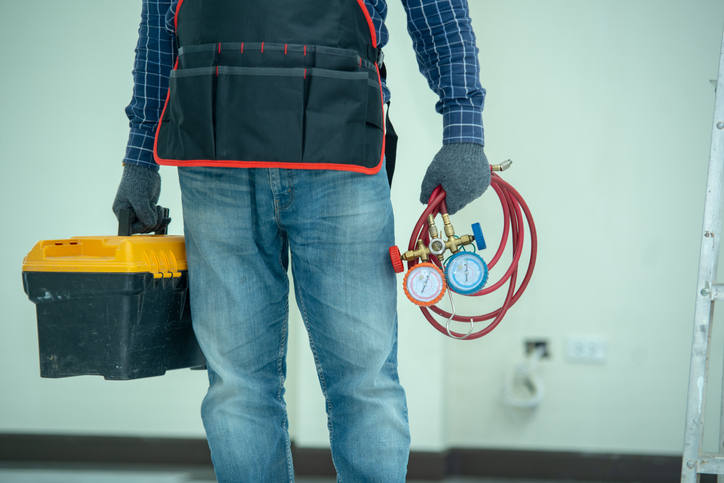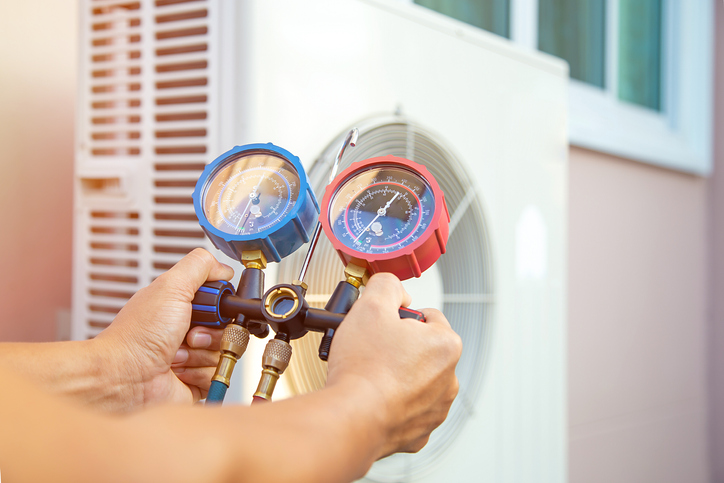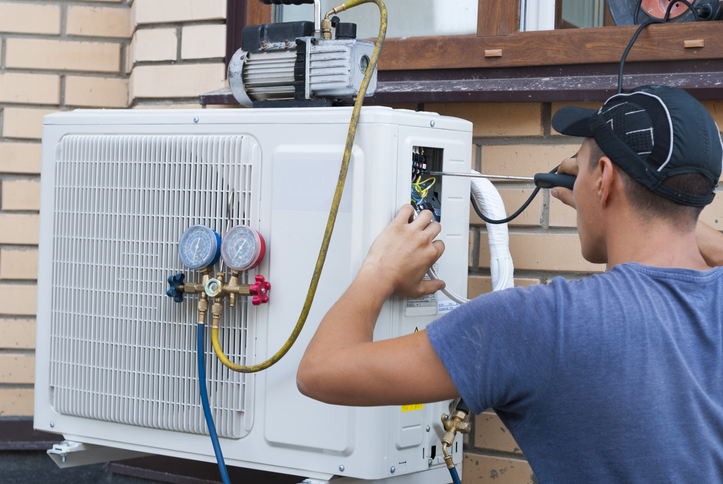
When you replace an old HVAC unit with a new one, there are certain things worth keeping in mind. For example, many people tend to only replace their HVAC unit on rare occasions. However, having those units replaced in regular intervals can ensure that their HVAC unit is keeping them safe, healthy, and sufficiently heated and cooled. Some homeowners may also want a new unit to help them save on energy. With the right tools and knowledge, you can complete an HVAC replacement job that accomplishes each of these things.
Although replacing an HVAC unit involves a number of steps to complete before, during, and after the installation, these are some of the more important phases to remember during this process. Read on to find out what you can expect with regards to replacing HVAC units.
Preliminary Measures for HVAC Technician Training Students to Remember
Before the replacement process can begin, there are certain tasks to take care of. For one, you’ll need to assess both the home and the old HVAC system, and complete the necessary calculations and measurements. Once this has finished, you can determine how big the new HVAC system needs to be. Measure the square footage of the home to better understand how big the new unit will need to be, and how many tons of heat it can remove. You and the client will also need to determine how they will pay for the installation. Depending on the payment plan, they may put a down payment on the replacement prior to the installation.

Upon completing your cost estimate, replacing the HVAC unit can go ahead. Complete a ductwork inspection, if necessary, and disconnect the unit being replaced after powering it off. If any parts of the interior, such as furniture, are impeding your ability to get the job done, move them away from your working area. Since HVAC technician training students will learn about installing many different types of systems during their studies, it’s equally important that they learn what’s necessary for the pre-installation phase.
The Installation Process: Out With the Old, In With the New
Once these tasks have been completed, the installation of the HVAC unit replacement can begin. When installing, remember to use dust covers and wear protective gear to prevent any direct contact with debris. Even if only one component of the HVAC unit needs to be replaced, you should still replace the entire unit so that its capacity for efficiency is optimal. Be sure to also cut off power from the old HVAC unit, flush any remaining coolant, take apart the old equipment, and then remove those parts to make room for new ones. The HVAC unit replacement can often be done within the day of installation, but can sometimes go beyond that if complications arise.

Students in HVAC college should also familiarize themselves with the parts that will be involved in the replacement. These parts include the outside compressor, thermostats, evaporators, air handlers, condensate pumps, and/or supply lines for coolant. Once the installation process is done, remember to put the new unit through a series of tests to make sure it works correctly and can sufficiently cool the home. Inspect the system to catch any possible issues, then add a new coolant and keep testing the unit until all systems look good. Lastly, remember to discard and/or recycle any old HVAC equipment being replaced. Explain to clients how the new system works, and recommend a timeline for their next replacement.
Want to get your HVAC diploma?
Contact NATS today for more info!



